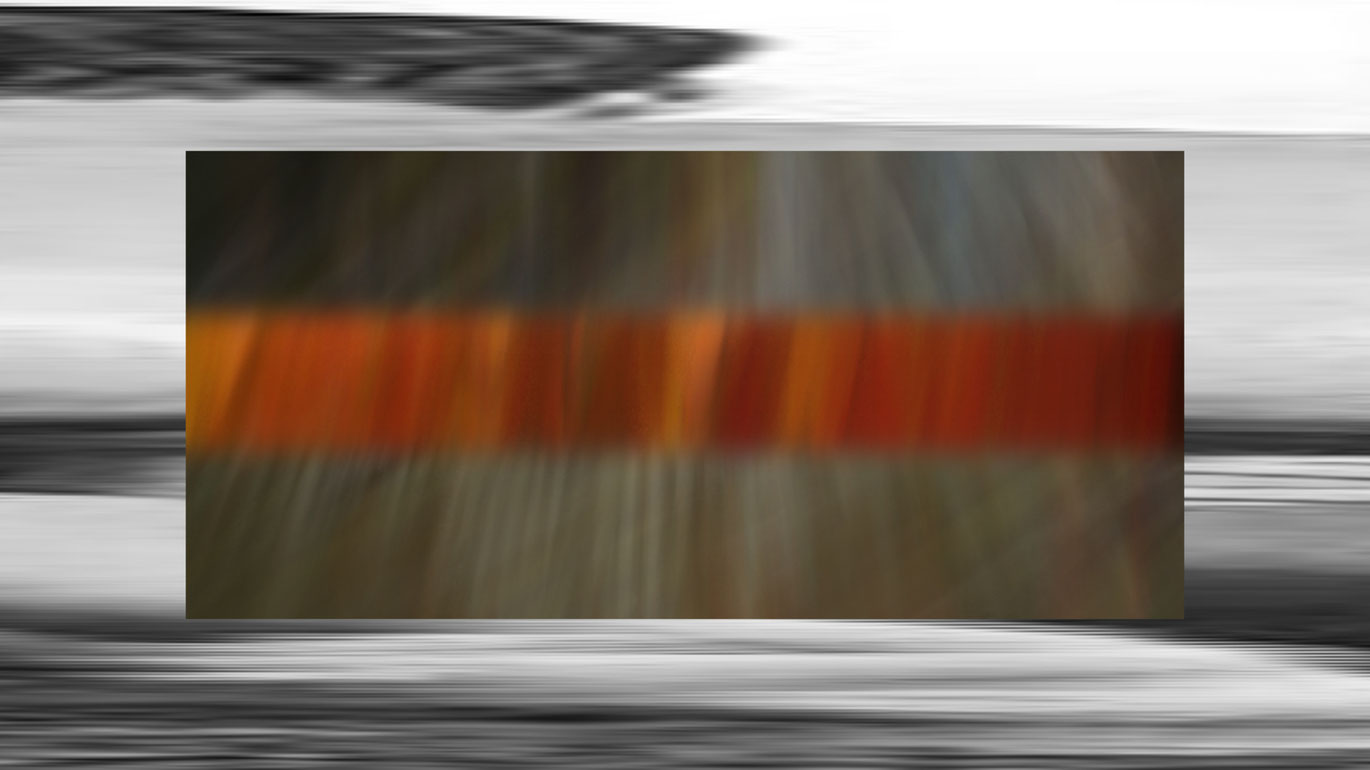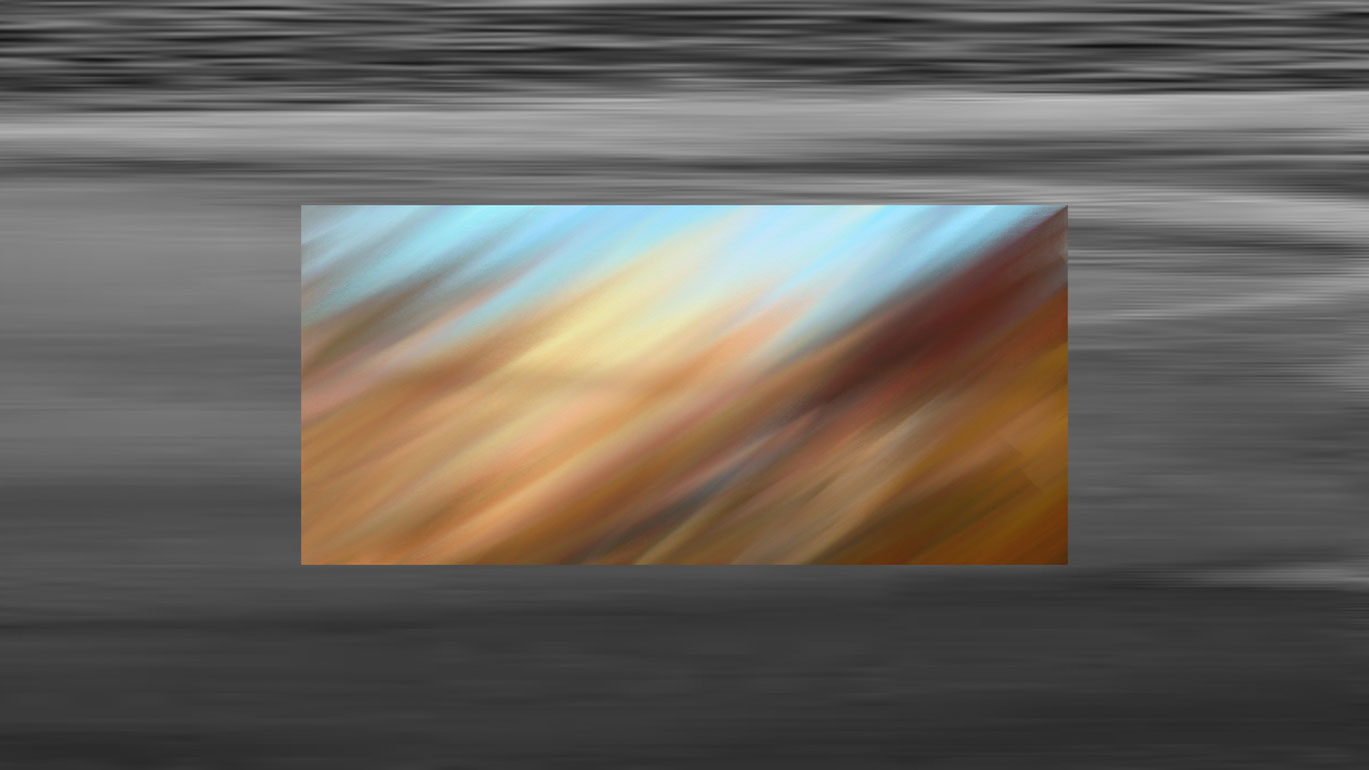Theresia
Painters such as Viking Eggeling and Hans Richter played significant roles in the early history of avant-garde film, expanding their abstract visual works by the factor of time. Thomas Steiner continues in this tradition by setting his painting in motion, at the same time making use of contemporary digital methods.
The colorless opening sequence is a montage of animated photographs showing the oval interior of the eponymous St. Theresia church in Linz, the work of architect Rudolf Schwarz. Steiner made a photographic series of this striking place of worship, which was built in the early 1960s, then worked on the images with a computer.
As an initial step he animated the series, superimposing many of the photos. Then he manually worked on the sequence image by image to simulate the effect of oil paint, which can be smeared with a spackle knife. In this way images of the architecture in perspective were turned into two-dimensional color fields, and the specific colors employed in the late-modern church were maintained: the red of the bricks, the gray of the granite floor and the blue of the ceiling.
The results are presented in a picture-in-picture composition. The black-and-white background animation flows continuously in a horizontal direction while the colored sequence in the foreground window first moves vertically and then starts to rotate. Halfway through the video the stream of images is intensified in that the inner rectangle begins to tremble and suddenly changes in dimension. The ethereal and dynamic soundtrack underlines the maelstrom’s meditative effect.
Although Steiner abstracts his photographs completely, the particular atmosphere of this remarkable church is tangible in the video. With a high degree of sensitivity he translated the sublime nature of this religious building into fluid and sonorous painting, into an invitation to contemplate. (Norbert Pfaffenbichler)
Translation: Steve Wilder
Theresia
2013
Austria
7 min



